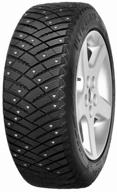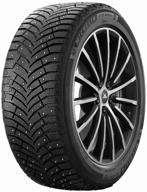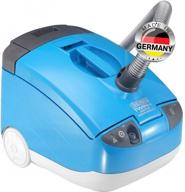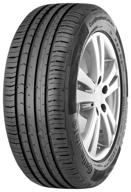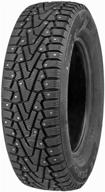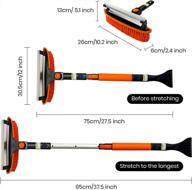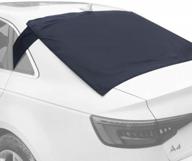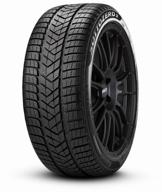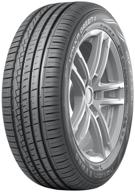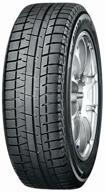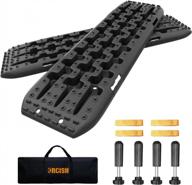- Price, guarantee, and quietness
- inconsistent conduct
- Good hydroplaning and braking performance; good ice grip thanks to the barbed rubber.
- It has a low speed index and is challenging to get going on ice, thus porridge does not stay put very well.
- Rubber that is both silent and supple has great traction in the snow. Price.
- Not able to locate it at this time.
- excellent tires for the money
- I couldn't detect it; the grip is quite good.
- Noise, traction in slush, and good braking on slick pavement.
- I believe it shouldn't be considered a drawback for frictional stability on ice. Prior to summer storage, it is quite challenging to remove pebbles. With each tire, use a half-glass of fine gravel.
- only the price.
- the price of my car's untimely demise
- Good value and a reputable brand. excellent handling.
- All eight rubber for the second year of usage. Throw it away, the service instructed.
- Soft. My automobile does not produce any audible noises. Maintaining control of the vehicle while driving confidently and arrogantly helps keep the road on snow and ice. on top of wet asphalt while using salt.
- When driving recklessly, loses control of the vehicle both when applying severe brakes and when starting the vehicle quickly. These are the benefits that come from using ice. When the starting and stopping are done gently, there are no skids. On this "summer" of rubber on ice, there is no confidence, despite the fact that you can move and brake with assurance.
- Weak, relatively silent, and poor grip on the road.
- Non-studded tires' long stopping distance on ice is to be expected.
- Superb control and silence.
- There were no major flaws found.
- Compared to summer Michelin Primacy, there is significantly less noise. Very foreseeable. There were no problems discovered over 5000 kilometers. 8, like new wear indication. Dry asphalt maintains its stability nicely at speeds up to 160 km/h (I didn't go much faster).
- All issues begin with snow. This rubber-snow combination is unbeatable. The worse the snow, the deeper it is. If there is snow or ice, usually a pipe. Braking is quite difficult when driving on ice (I didn't plan for anything else). Swims in warm water - not a problem, you grow used to it.
- Soft Quiet Holds up well during the colder months The person consumes the porridge as if it were not there. It has now been on my second automobile for a period of six years. Replaced the spikes on the bridge with another bridgestone.
- It appeared that the sides were underdone in terms of toughness. Although we have never met, I would caution you to exercise caution.
- Excellent control and stopping power on a variety of terrain, including rolled snow, wet asphalt, ice on asphalt, and icy gravel roads. Axle drift that can be predicted and managed while driving.
- No major flaws can be seen.
- – predictable when starting off on the ice, there is a tiny drift, but if you start to pull, then without any mishap at all (vehicle without ESP) rowing on loose snow - When driving on ice, the directional stability is superior to that of many non-studded vehicles (cars without ESP) that I have driven in the past. I was startled by this particular item, I don't know how it works, but it's really quite nice. - It slows down steadily on ice and snow with a minimal braking distance. - I was shocked by this particular thing.
- - If you drive on mild off-road with little gravel, then a little gravel will leave with you in the tread)) this is not so much of a downside as it is a moment, as I understand it, associated with the tread pattern. although they can also be readily removed once some time has passed)
- Good tires for the winter, including ice and snow, as well as deep powder, about 20 centimeters, although you need to reduce it, up to 1 atmosphere.
- A soft sidewall can be both an advantage and a drawback depending on the circumstances. You need to keep an eye on the pressure.







